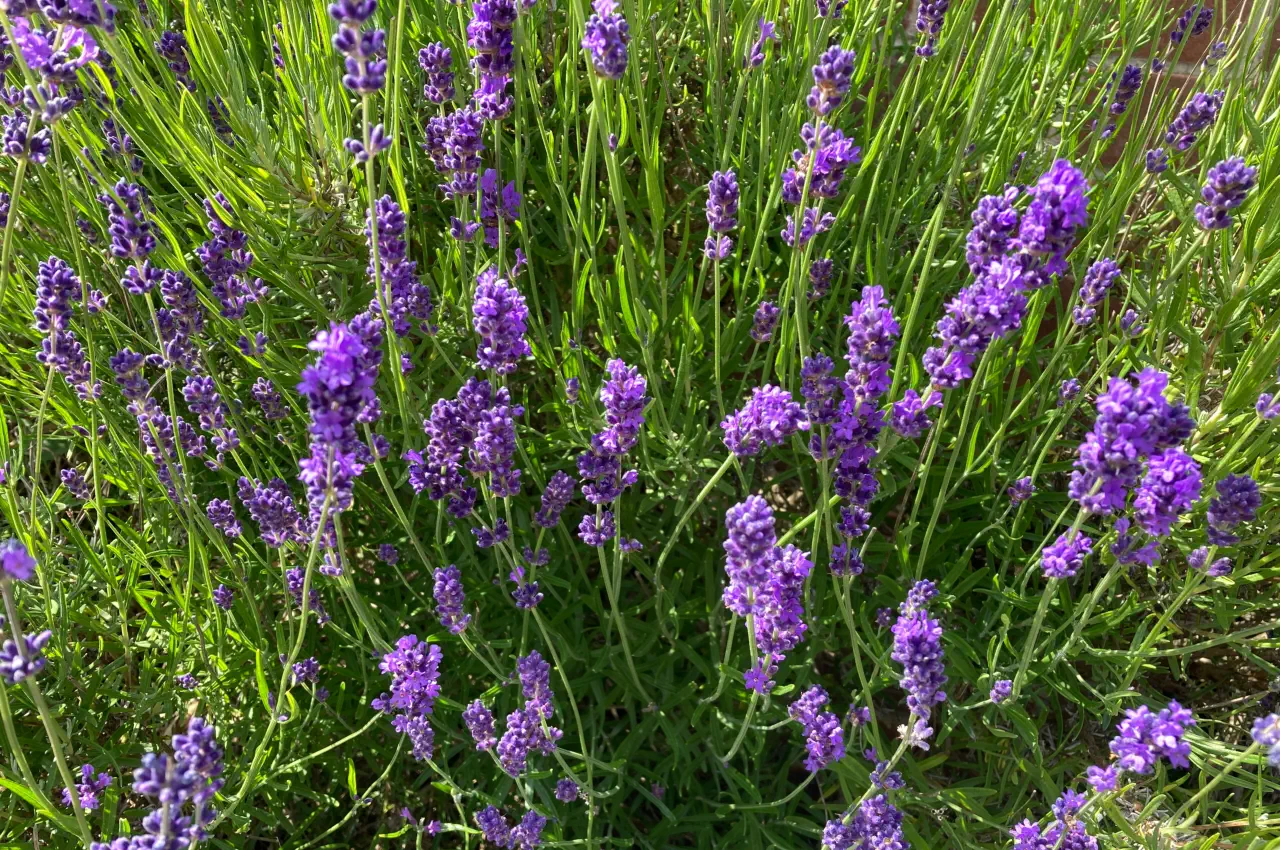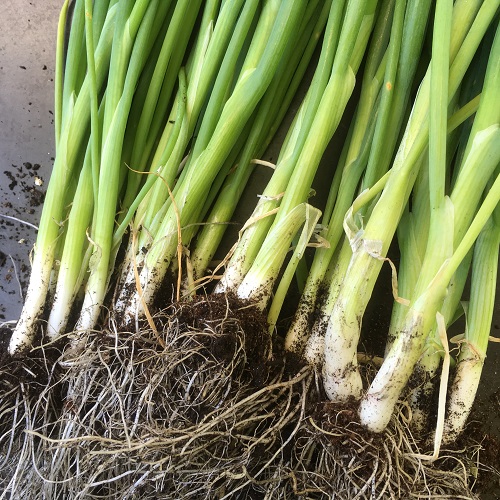In the UK, it’s all about timing with lavender. But when and how to cut back lavender in the UK? Find out the method and best time to cut back your lavender for a profusion of flowers and a tough plant that can withstand the cold. Read on for everything you need to know to keep your lavender healthy and looking good.
Quick Tips
Prune lavender in the UK in late summer or early autumn, after the flowering season, so the plant can get ready for winter and produce healthy growth and flowers for next year.
Use the right tools and techniques for pruning, clean, sharp secateurs and cut just above the leaf nodes or side branches, for healthy regrowth and maintenance of lavender plants.
Lavender needs annual pruning to keep it compact and domed, be careful not to cut into the old wood too much, it can harm the plants.
Best Time for Lavender Pruning
In the UK, prune lavender in late summer or early autumn. This period, just after the flowering season, is key as it allows the plant to recover and get ready for the winter. Pruning in late summer gives the lavender plants time to mature and harden off before the cold weather hits.
The flowering season for lavender is from June to September, so the best time to prune is influenced by that. For English lavender varieties, late August is the best time to prune. This will promote healthy growth and set the plant up for a good show next year.
Read on for more about late summer trimming, post flowering care and coloured foliage.
Late Summer Trimming
Late summer is the time to trim lavender in the UK. Trimming in this period, from August to September, helps the plants get ready for the cold weather. By cutting back the lavender after flowering, you allow the plant to recover and harden off before winter, it will be more resilient.
Lavender likes sunny spots in your garden with full sun. This will help the plants keep their foliage colour and scented foliage, essential for a flower garden or cut flower garden. Proper late summer trimming will not only prepare your lavender for winter but also keep it looking good and productive in your garden.
Post Flowering Care
Post flowering care is needed to keep your lavender plants healthy and looking good after the flowering period. Deadheading French lavender during their long flowering period will encourage a second flush of flowers. This is essential for a flower garden that’s full of life.
After the flowers have faded follow these steps for post flowering care:
Remove dead flower stems.
Cut back the plant by about a third. This will shape the plant and encourage new growth by cutting back the older, woody bits.
So your lavender plants will keep thriving and have coloured foliage and scented flowers year after year.
Cutting Back Lavender Techniques
Knowing how to cut back lavender is an art, and is key to healthy regrowth and plant vitality. Using the right tools and methods makes a big difference. A fine tooth saw sickle is great because of its curved blade, designed for harvesting or cutting back lavender stems. Cutting just above side branches or leaf nodes is essential for growth.
Read on for more about the tools and a step by step guide to pruning.
Choosing the Tools
Choosing the right tools for pruning lavender will give you clean cuts and healthier plants. Experts recommend using clean, sharp secateurs or shears for this job. These will give you precise cuts which are essential for the plant to recover and grow.
Using clean and sharp pruning shears or secateurs will give you a smooth cut, reducing the risk of damaging the plant. Proper tool maintenance, cleaning and sharpening, is just as important to not introduce diseases to your lavender plants.
Step by Step Pruning Guide
Pruning lavender correctly starts by cutting each stem about 2-3 inches above the woody base, without cutting into the old wood. This will target the green leafy bit and encourage healthy growth. For mature lavender plants trim about a third into the green foliage at the end of summer or early autumn to keep their dome shape.
First year lavender plants need a light trim, cut back each stem by about a third after the summer flowering to encourage new growth and help the plant mound. When shaping lavender aim for an even dome by leaving longer stems in the middle and shorter towards the edges. This will not only look good but also be good for the plant.
Maintaining Plant Health and Shape
Pruning is needed to keep the plant healthy and shaped. Annual pruning will keep the growth compact and prevent it from becoming woody and leggy. This is essential to keep the dome shape of the plant, which is the hallmark of a well pruned lavender.
Not pruning will lead to decline in plant health and appearance. Pruning annually will keep your lavender looking and part of your flower or cut flower garden.
Avoiding Common Mistakes
A common mistake when pruning lavender is to cut into the woody part of the stems too much. This can damage or even kill the plant by removing the leaves for winter survival. When pruning hardy English lavender it’s important to cut just above a group of new shoots to not damage the plant.
For English lavender varieties like Lavender Hidcote it’s recommended to cut back to about 22cm above the new shoots. This is different from the old advice not to cut into the old wood at all.
Shaping for Garden Design
A neat and dense structure in a coastal design requires shaping lavender, which is part of herb gardens. In the first year lavender should be trimmed lightly after flowering to mound the shape and not get leggy.
For mature lavender plants shape into a round shape by trimming into a dome, with longer stems in the middle getting shorter towards the edges. This will look good and be good for the plant by not cutting too close to the woody base. Consider starting with plug plants for quicker establishment of your lavender garden.
Varietal Pruning Differences
The longevity and health of different lavender varieties depends on how you prune them. English and French lavender have different pruning techniques and timing to get the best out of them. Knowing these differences is key to a happy lavender garden.
The main varieties of lavender in the UK are early flowering English lavender and showy French lavender, each with their own pruning requirements. Let’s get into the varietal differences.
English Lavender Varieties
Prune English lavender after the first flowering and then again in late August, cut back to just above the bottom two sets of leaves on each stem. This will promote healthy regrowth and keep the plant compact. Biannual pruning is essential for a healthy and compact growth habit in English lavender.
English lavender with its fragrant flowers, highly scented, long, slender flower spikes and aromatic foliage benefits from pruning that supports these characteristics. Current advice is to cut back to about 22cm above new shoots so the plant will be looking vibrant, productive and foliage scented in scented gardens.
Special Notes for French Lavender
Prune French lavender with its larger and showier flowers and distinct flower colour after the first flush of flowers has faded and no later than mid September to avoid cold weather damage. This will protect the plant from winter weather and overall health.
When pruning French lavender shape the foliage into a mound in late summer to keep the shape and encourage healthy regrowth. For extra winter protection consider growing in pots that can be moved to a sheltered spot in colder months.
Lavender for UK Weather
To prepare lavender for the UK weather choose hardy varieties and winter care. Hardy lavender varieties like true lavender are more tolerant of cold and wet conditions. Less hardy varieties like French lavender may need extra protection in frosty winters.
Drainage and protection from the elements are the key to preparing lavender for the UK weather. Let’s get into that.
Drainage and Soil Type
Lavender likes free draining garden soil which is essential to prevent root rot especially in wet UK conditions. Planting in raised beds will improve drainage and prevent water from collecting around the roots.
In winter using terracotta pots can be helpful as they provide extra drainage and prevent root freezing by absorbing excess moisture. Having the right soil type and drainage will keep your lavender healthy all year round.
Shelter from the Elements
Lavender needs protection from the elements in cold UK winters. Hardy lavender varieties can tolerate -15°C with garden fleece or coconut matting as a frost cover. Planting near a house wall will give a natural windbreak and protect the plant from winter winds.
For more sensitive varieties like French lavender potting allows for easy moving indoors or to a sheltered spot in winter for extra protection. This way even more delicate garden plants like plant lavender varieties can thrive in UK cottage gardens.
That's about it.
A lot of lavender care is about timing of pruning, right techniques and preparing for UK weather. Annual pruning, with the right tools and addressing the needs of different varieties is key. Follow these and your lavender will be healthy, vibrant and beautiful in your garden year after year.
This will not only look good in your garden but also more blooms and more scent. Happy gardening!
Frequently Asked Questions
When to prune lavender in the UK?
- Best time to prune lavender in the UK is late summer or early autumn, August to early September. When the plant has finished flowering and before new growth starts.
What tools to use to prune lavender?
- Clean, sharp secateurs or shears to make clean cuts and keep the plant healthy.
How to prune English lavender?
- Prune English lavender after the first flower and again in late August, cut back to just above the bottom two sets of leaves on each stem. This will encourage new growth and keep the plant healthy.
How to protect lavender from winter?
- Use garden fleece or coconut matting to cover from frost and plant near a house wall for a natural windbreak. This will help them survive the winter.
What soil to use?
- Lavender likes free draining soil or raised beds to prevent root rot in wet conditions. Use well draining soil.













